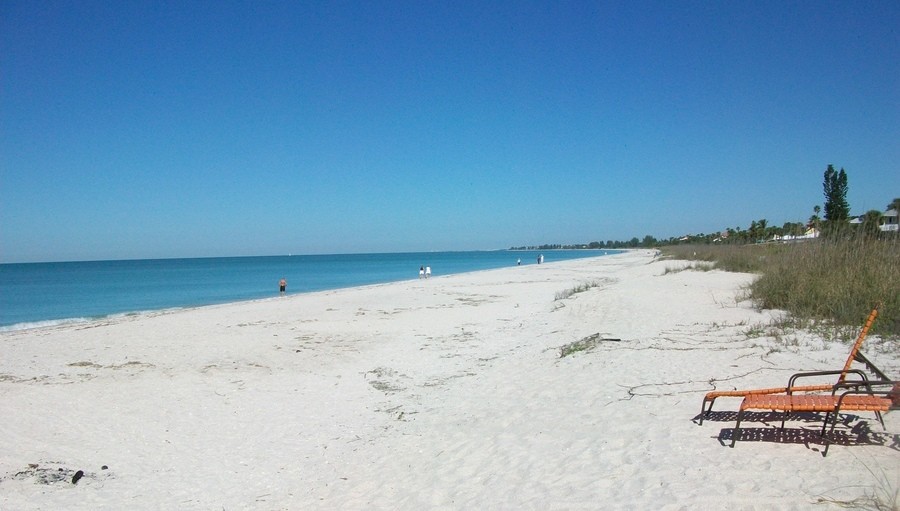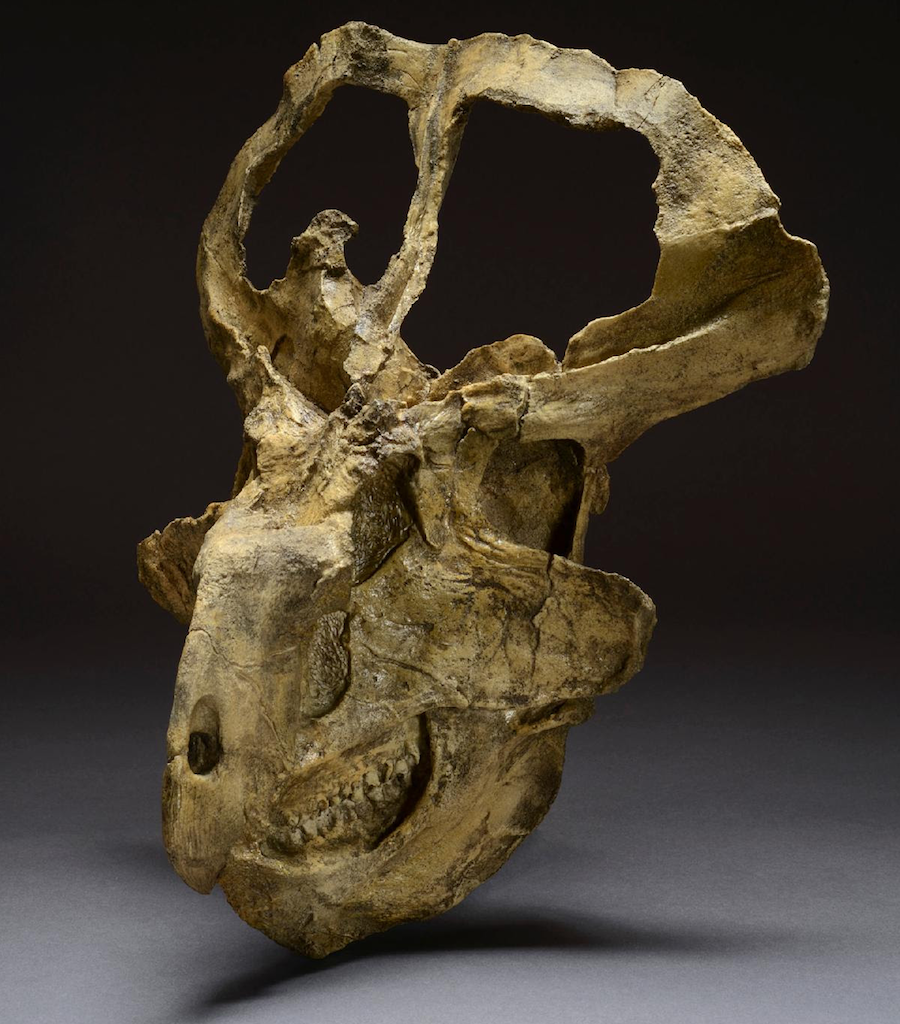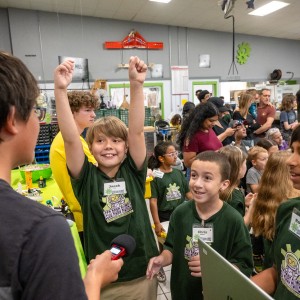Myths and Myth-conceptions at The Bishop Museum
Todays News
SRQ DAILY FRIDAY WEEKEND EDITION
FRIDAY SEP 20, 2019 |
BY PHILIP LEDERER
Pictured: Skulls of the dinosaur Protoceratops can be found in Mongolia’s Gobi Desert. Such fossils may have influenced descriptions of the mythic griffin. Photo by C. Chesek. Courtesy of AMNH.
A warning to all who dare enter The Bishop Museum of Science and Nature this Saturday: Here Be Monsters…
With the arrival of the latest exhibition, Giants, Dragons & Unicorns: The World of Mythic Creatures, families and children of all ages travel back in time to a world where sea monsters ruled the ocean, cyclops roamed the hills and majestic griffins roosted among the rocks—all the while examining the fossil record to understand how past explorers (mis)interpreted ancient remains as evidence of myths and monsters. Organized by the American Museum of Natural History in New York, the exhibition runs through January 5.
“There’s a great science story here,” says Matthew Woodside, chief curator and director of exhibitions at The Bishop. “And it’s a story about how humans have come to have a better, realistic understanding of how the world works, through science and changing our methods of observation.”
Divided into four sections—Sea Monsters; Mermaids; Giants, Griffins and Unicorns; and Dragons—museum-goers will not only indulge in great tales and images of these mythical beasts, but also take a look at how well-meaning and even scientifically minded people came to these wild conclusions. Learn how a giant squid’s tentacle could have birthed the myth of the kraken, while dodging sculpted tentacles sprouting from the ground. Touch a narwhal tusk that would have been mistaken for a unicorn’s horn and pose next to a horse-sized model. See the fossilized protoceratops skull that Scythian miners believed to be the beaked remains of the mystical griffin some 2,000 years ago. And with multiple mermaid models and replicas on display, ponder how disparate cultures and civilizations came to startlingly similar mythologies. “It helps us to understand that we are all connected as a species,” says Woodside.
Not without its interactive component, hands-on visitors can create their own virtual dragon on an available touchscreen and watch it fly off into the sunset on the larger monitor above, or experiment with the scaled-down bones of a mammoth skeleton to see how early discoverers may have mistaken them for the bones of a fearsome cyclops.
Importantly, says Woodside, the exhibition is not trying to debunk or deflate any childhood dreams, but rather present the information available and tell a story of scientific wonder that kids can respond to. “Hopefully they’ll come away with the idea that the world is a fascinating place,” he says, “and that it’s important to look carefully and think about how we know what we know.”
Opening Saturday, September 21, Giants, Dragons & Unicorns: The World of Mythic Creatures will be on display at The Bishop Museum of Science and Nature through January 5.
Pictured: Skulls of the dinosaur Protoceratops can be found in Mongolia’s Gobi Desert. Such fossils may have influenced descriptions of the mythic griffin. Photo by C. Chesek. Courtesy of AMNH.
« View The Friday Sep 20, 2019 SRQ Daily Edition
« Back To SRQ Daily Archive












